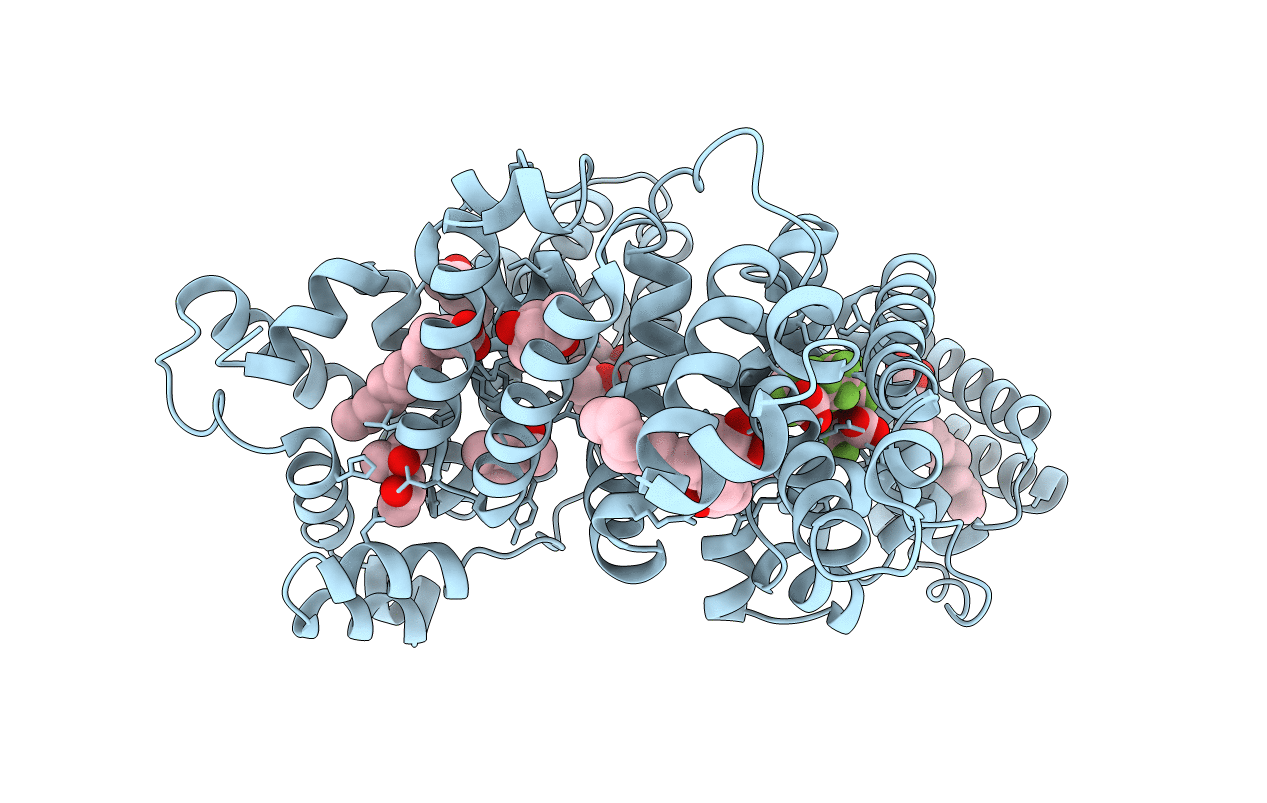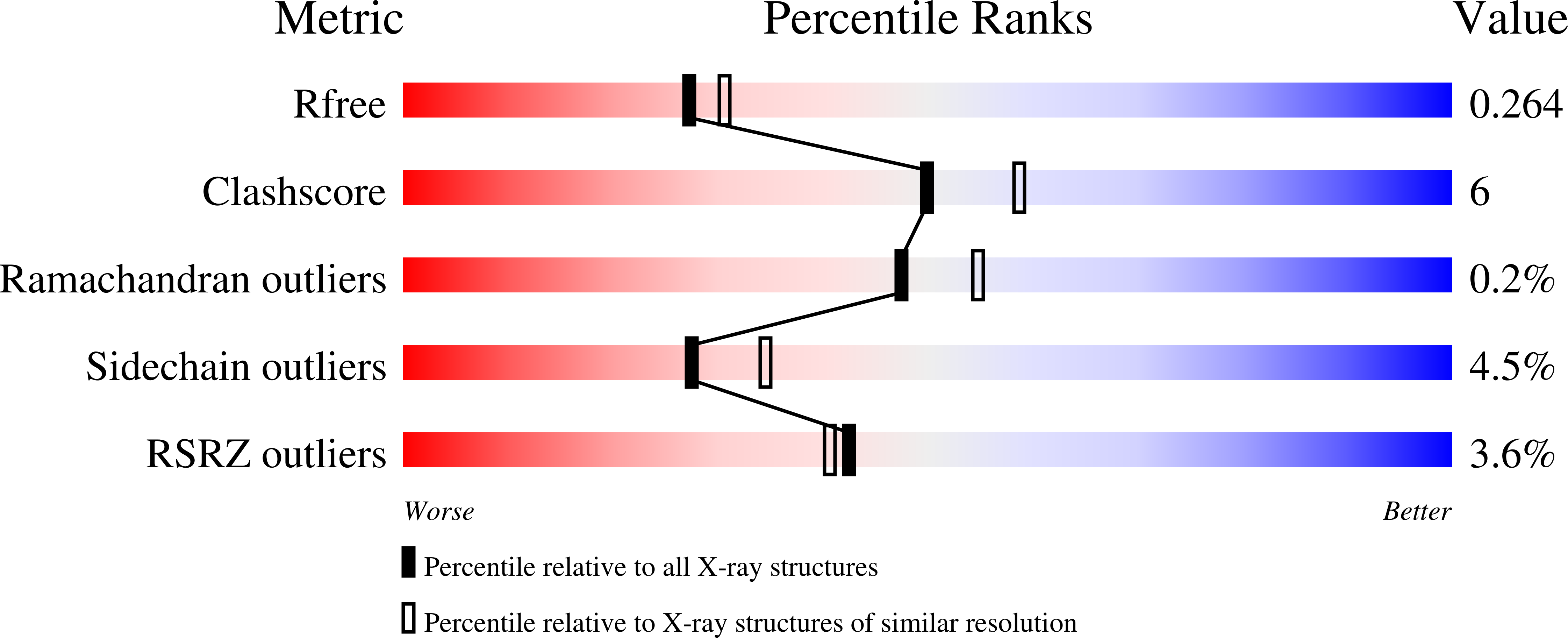
Deposition Date
2022-03-08
Release Date
2022-10-12
Last Version Date
2025-06-11
Entry Detail
PDB ID:
7Z57
Keywords:
Title:
Crystal structure of Human Serum Albumin in complex with surfactant GenX (2,3,3,3-tetrafluoro-2-(heptafluoropropoxy) propanoate)
Biological Source:
Source Organism:
Homo sapiens (Taxon ID: 9606)
Host Organism:
Method Details:
Experimental Method:
Resolution:
2.20 Å
R-Value Free:
0.26
R-Value Work:
0.23
Space Group:
C 1 2 1


